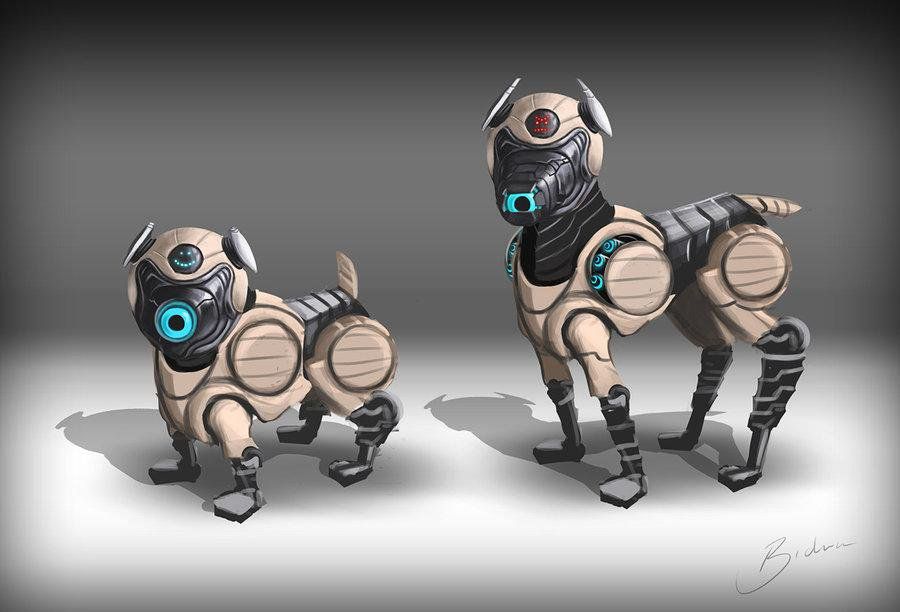May 19, 2015
Edge of Dark Review
Posted by Ramez Naam in categories: futurism, robotics/AI, transhumanism
Edge of Dark is part space-opera, part coming-of-age story, and part exploration of the relationship between humans and the post-human descendants who may ultimately transcend them.
The book takes place in the same universe as Brenda Cooper’s “Ruby’s Song” books (The Creative Fire; The Diamond Deep). However, you don’t need to have read those books to enjoy this one. The story in Edge of Dark picks up decades after the earlier books.
The setting is a solar system in which the most Earth-like planet, once nearly ecologically destroyed, is now in large part a wilderness preserve, still undergoing active restoration. Most humans live on massive space stations in the inner solar system. A few live on smaller space stations a bit further out, closer to the proverbial “Edge”. And beyond that? Beyond that, far from the sun, dwell exiles, cast out long ago for violating social norms by daring to go too far in tinkering with the human mind and body.















